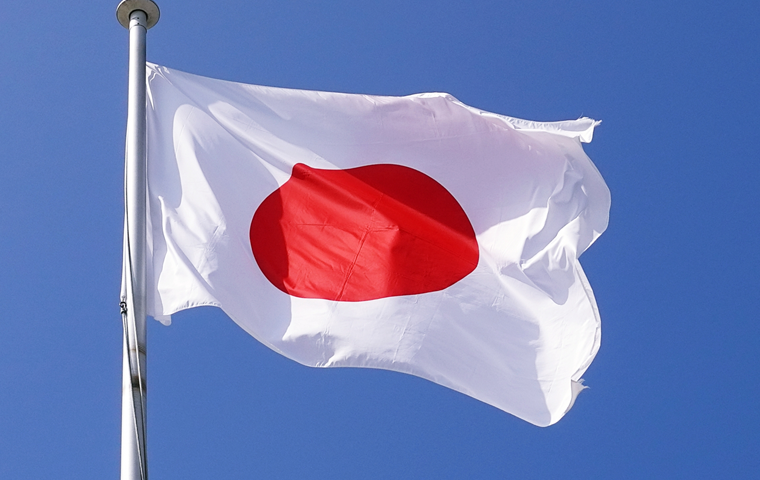on the Red Clay — Oda’s Three-Peat and Kamiji’s Triumphant Comeback
Related Articles
Two “Kimi ga Yo” Anthems Echo Over Paris

On June 7, 2025, at Roland Garros — the sacred home of tennis in Paris — Japan’s national anthem “Kimi ga Yo” rang out not once, but twice.
It was a historic day that showcased the overwhelming strength of Japan’s wheelchair tennis on the global stage. In the men’s singles, Tokito Oda, the young reigning champion, achieved a stunning third consecutive French Open title. In the women’s singles, Yui Kamiji, the seasoned veteran, captured her fifth title — and her first in five years, signaling a complete and emotional comeback.
This rare double victory by Japanese players was more than just two wins. It symbolized the dawn of a new golden era for Japanese wheelchair tennis — an era no longer defined by a single hero, but by a generation of champions. After the 2023 retirement of the legendary Shingo Kunieda, who had long reigned supreme, some feared Japan’s dominance might fade. Instead, Oda and Kamiji’s victories silenced those doubts.
In the men’s final, top seed Oda defeated his greatest rival, Britain’s Alfie Hewett, in straight sets 6–4, 7–6, while in the women’s final, top seed Kamiji overpowered the Netherlands’ Aniek van Koot 6–2, 6–2 in commanding fashion.
Two champions, representing two contrasting generations and styles, rose to the top on the same day, on the same court — a powerful testament to Japan’s deep talent pool and its enduring philosophy of excellence passed from one generation to the next.
Tokito Oda: The Young King Who Embodies “Victory”
At just 19 years old, Tokito Oda has already begun his march toward legend. His third straight French Open crown stands as a monumental feat — second only to Shingo Kunieda’s four consecutive titles — confirming his complete dominance on the Parisian red clay.
Facing world No. 2 Alfie Hewett in the final, Oda claimed the first set and held firm in a fiercely contested second that went to a tiebreak. Even under extreme pressure, he remained composed and fearless, sealing the victory with poise and precision — proof not only of his extraordinary technique but of his mental strength befitting a true champion.
In his victory speech, Oda reflected on a personal connection to Paris: the first character in his name, “凱 (Kai),” is the same as in “Arc de Triomphe (凱旋門).” He called his triumph on Parisian clay a moment of destiny, drawing thunderous applause from the crowd. Then, smiling boldly, he declared:
“My goal is to win this tournament ten times in a row.”
It was a statement that spoke not of arrogance, but of ambition forged in adversity.
At age nine, Oda was diagnosed with osteosarcoma, a form of bone cancer, which ended his dream of becoming a professional soccer player. Yet witnessing Shingo Kunieda’s Paralympic heroics inspired him to pick up a racket, vowing to become a “hero for children fighting illness.”
Oda’s playing style mirrors his life — fearless, aggressive, and revolutionary. Defying the norms of baseline-dominated wheelchair tennis, he attacks relentlessly, charging the net and dictating rallies with his powerful 170 km/h serves. His dynamic, high-risk strategy has redefined the sport’s possibilities and captivated audiences worldwide.
Tokito Oda is not merely Kunieda’s successor — he is a symbol of the new generation of para-athletes: bold, inspiring, and transformational.
Yui Kamiji: The Queen’s Unbreakable Spirit
While Oda’s youthful brilliance illuminated the men’s side, the women’s draw saw the triumphant resurgence of an indomitable queen.
For Yui Kamiji, her French Open victory marked her first in five years and her tenth Grand Slam singles title overall — a defining milestone in her illustrious career.
But the story behind her win is one of resilience against the odds.
Just a month before the tournament, Kamiji injured her left hand, casting serious doubt on her participation in Paris. “I didn’t even know if I’d be able to play,” she said tearfully after the final, her words revealing the depth of the physical and emotional struggles she had endured.
In the championship match, however, she produced a masterclass performance — hitting 19 winners and overwhelming world No. 2 Aniek van Koot 6–2, 6–2. Her flawless play showed no trace of injury — only the composure and authority of a true champion.
Even more impressively, she had also won the doubles title the previous day, completing a perfect singles-and-doubles double crown in Paris.
For Kamiji, this victory was not merely a return to form — it was a declaration of intent.
Having already won the Australian Open, French Open, and U.S. Open titles, the only remaining piece in her career Grand Slam puzzle is Wimbledon. She has called it her “biggest goal of the year,” and this triumphant comeback provides the ideal springboard toward that dream.
The crown she seized in Paris was not just a triumph of skill, but of unyielding spirit — a reminder that true greatness is forged through struggle. Her comeback was both emotional and symbolic: proof that she is ready to write the final, historic chapter of her career.
From the Kunieda Era to a New Age — Japan’s Ascent to the Summit

The twin triumphs of Tokito Oda and Yui Kamiji at Roland Garros mark a profound transition in Japan’s wheelchair tennis — from the singular dominance of Shingo Kunieda to a multi-dimensional new era defined by shared excellence and enduring strength.
Kunieda’s retirement in 2023 signaled the end of an era — but not the end of Japan’s supremacy. Rather, it heralded the beginning of a new chapter.
Today’s Japan stands atop the sport, represented by two contrasting champions:
Tokito Oda, the young revolutionary whose power, charisma, and forward-thinking style are reshaping the game itself.
Yui Kamiji, the resilient veteran whose experience, strategy, and unbreakable willpower exemplify the enduring grace of a true champion.
Together, they form twin pillars of stability and inspiration — proof that Japan’s success is no longer dependent on any single figure, but on a sustainable ecosystem of excellence spanning generations.
This historic day in Paris was not the end of a legacy, but the opening chapter of a new saga.
The world now turns its eyes toward two parallel journeys: Oda’s audacious quest for ten straight French Open titles, and Kamiji’s pursuit of her long-awaited Wimbledon triumph to complete the career Grand Slam.
Japan’s wheelchair tennis has ascended to the pinnacle of world sport — and its story of evolution, resilience, and ambition is far from over. The future that lies ahead is brighter, bolder, and more inspiring than ever.



